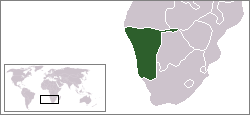 The South West Africa Territorial Force (SWATF) was an
The South West Africa Territorial Force (SWATF) was an History and background
From 1966 until 1989, South African security forces waged a long and bitter counterinsurgency conflict against indigenous nationalists in what was then South West Africa, represented by the Marxist South West African People's Organisation (SWAPO) and its military wing, theEstablishment
As part of a general policy of military and social reform, Pretoria initiated the establishment of local defence and police agencies for its protectorate beginning in 1977.Structure and activation
A start was also made with the regrouping of existing units into four formations: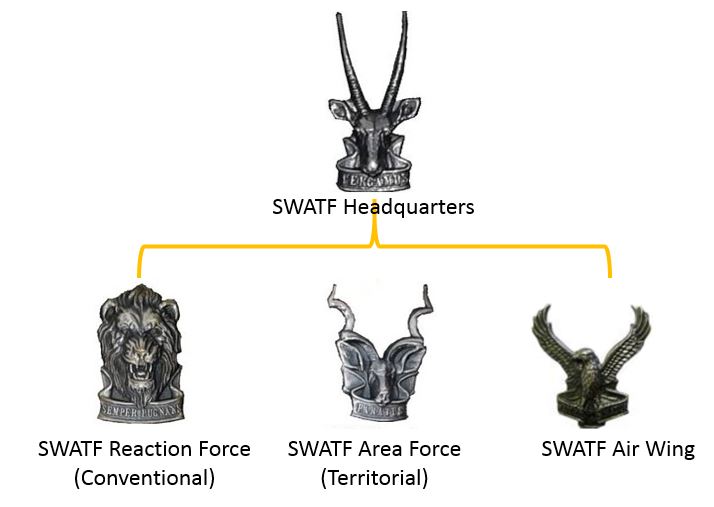 * a Formation Headquarters Staff,
* a Reaction Force (conventional),
* an Area Force (Territorial) and
* an Air Wing.
As regarding the latter, the
* a Formation Headquarters Staff,
* a Reaction Force (conventional),
* an Area Force (Territorial) and
* an Air Wing.
As regarding the latter, the Training
A school cadet program similar to that in South Africa was developed for South West Africa. Primarily all SWATF members received their initial training at 2 SA Infantry Battalion at
Primarily all SWATF members received their initial training at 2 SA Infantry Battalion at 
Supervision
For all practical purposes, SWATF remained firmly integrated into existing SADF command structures. Its primary goal was protection of the territory of SWA from SWAPO incursions. The SWATF was placed under the control of the Department of Defence for South West Africa and was always headed by a SADF general. There was also a joint SWATF/SADF committee established for "planning, liaison, and coordination" efforts.Uniform, rank structure, corps emblems, proficiency and ops badges
The first major step in the establishment of an independent territorial defence force in SWA was the introduction of a new

Ranks
The rank structure of the SWATF was identical to that of the SADF. The insignia however differed considerably.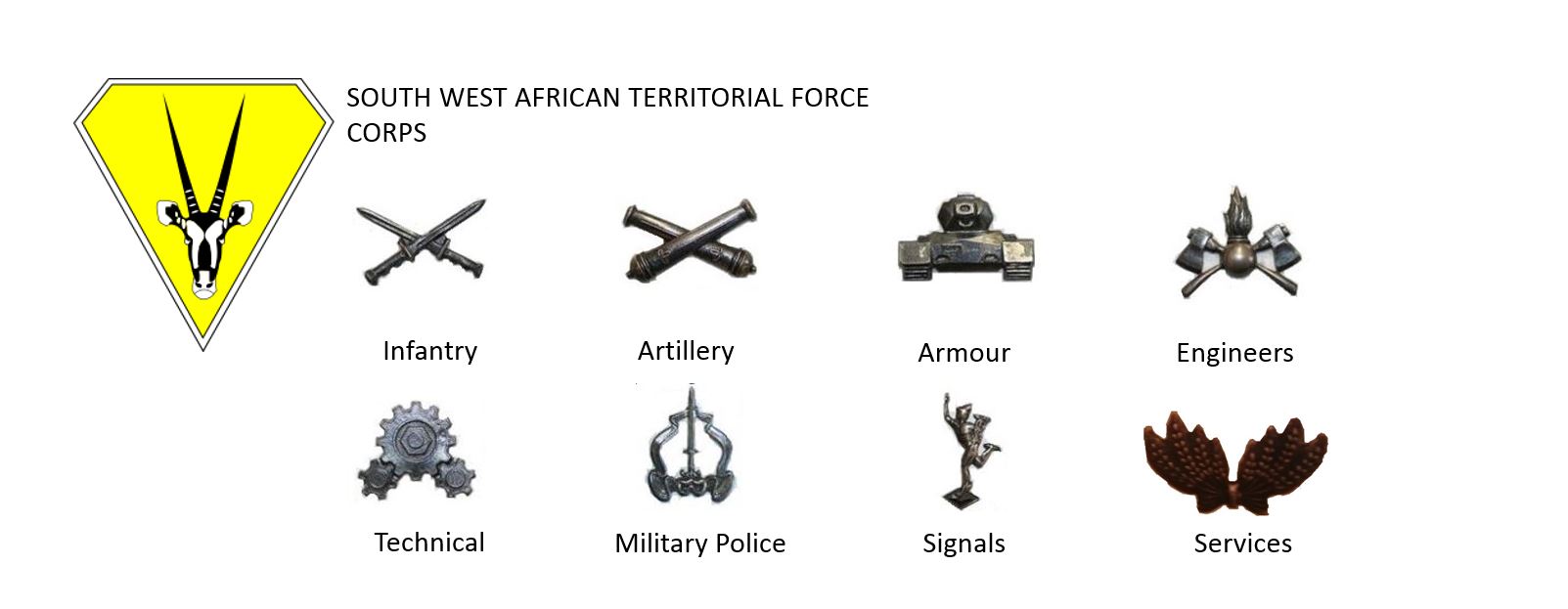


Commanders
Tactical breakdown
Headquarters Formation
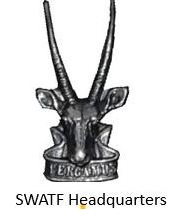
The Reaction Force

Brigade
* Reaction Force Brigade, mainly a Citizen and cross corps force, 91 Brigade had a motorised sub-brigade composing two (later three) infantry battalions, an armoured car regiment, and an artillery regiment. The Brigade also included a training battalion and a mobilisation center.
 * Logistics Brigade
* Logistics Brigade
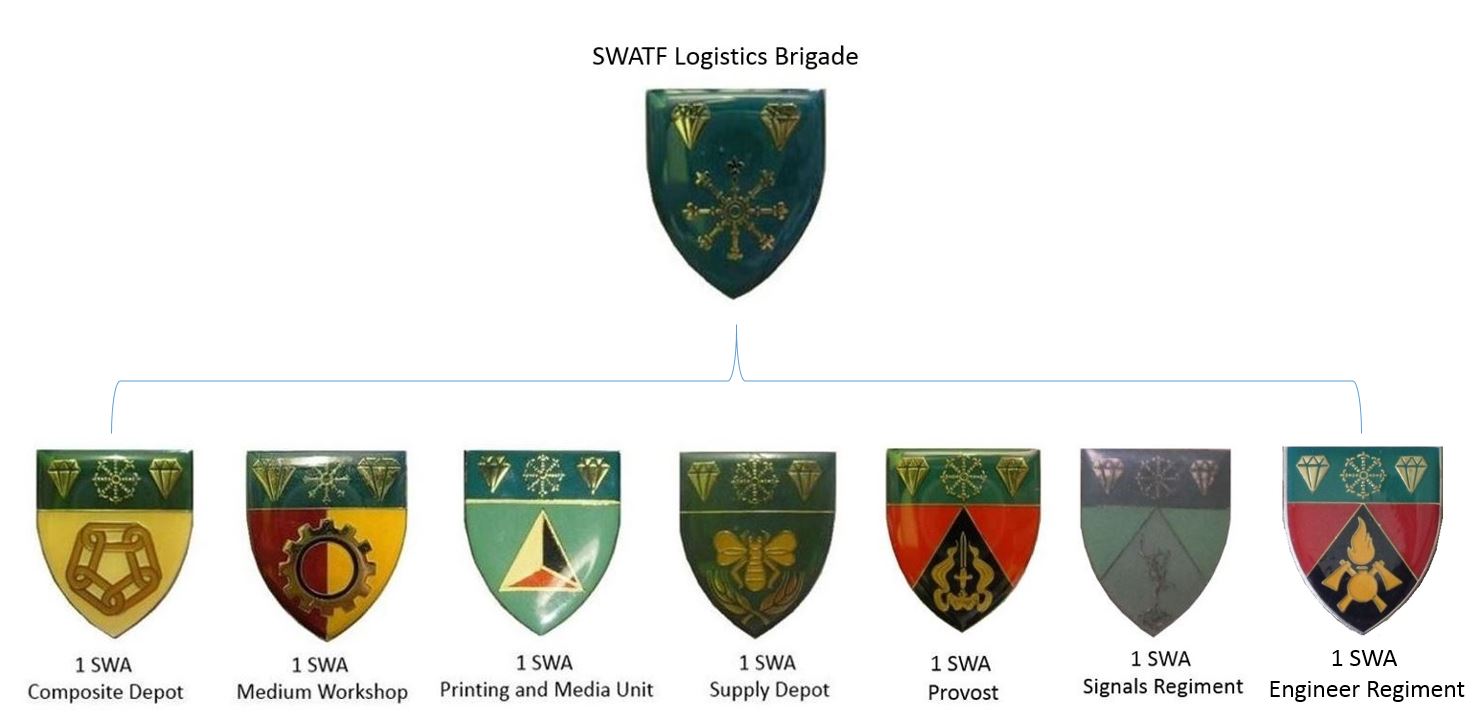
Battalions
* Eight full-time battalions ** 31 ''Bushman'' Battalion (became ''201 Battalion'') HQ at Omega Base, ** 32 Battalion at Buffalo,
** 32 Battalion at Buffalo,  ** 34 Kavangoland Battalion, (became ''202 Battalion'')
** 34 Kavangoland Battalion, (became ''202 Battalion'') ** 35 Ovamboland Battalion,
** 35 Ovamboland Battalion, 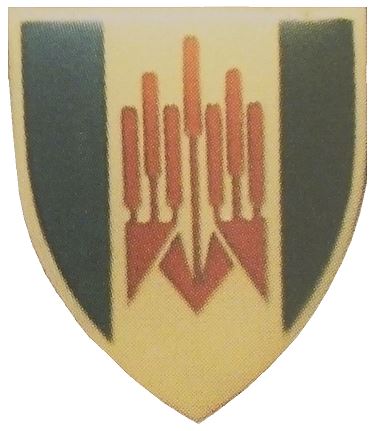 (became ''
(became ''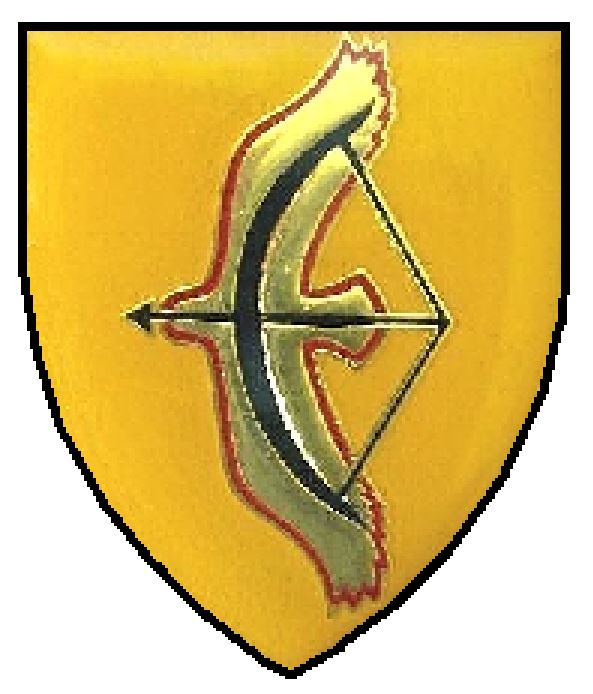 ** 37 Kaokoland Battalion, (became ''102 Battalion'')
** 37 Kaokoland Battalion, (became ''102 Battalion'')  ** 41 Multi-ethnic Regiment
** 41 Multi-ethnic Regiment  It recruited from South West Africa at large and deployed predominantly as a reserve force. An infantry element, a mechanised contingent, artillery, and a regiment of Eland armoured cars was included. The unit was never mobilised ''en masse''.
It recruited from South West Africa at large and deployed predominantly as a reserve force. An infantry element, a mechanised contingent, artillery, and a regiment of Eland armoured cars was included. The unit was never mobilised ''en masse''.
SWATF Special Forces
Although SWATF relied heavily on South Africa's special forces, over time it developed its own capability. *1 SWA Recon Regiment: started out as a sub unit under the command of the Commanding General SWATF in 1982, staffed mainly by ex South African operators.
* Front-line Recon Wings: most front-line battalions, such as 31, 36 and 101 also had their own Recon Wings.
*1 SWA Recon Regiment: started out as a sub unit under the command of the Commanding General SWATF in 1982, staffed mainly by ex South African operators.
* Front-line Recon Wings: most front-line battalions, such as 31, 36 and 101 also had their own Recon Wings.
 * 1 SWA Specialist Unit:
* 1 SWA Specialist Unit:  at Otavi – containing trackers, dogs, horses and dirt bikes. By 1984, 1 SWA SPES was based at Omaruku and at Omathoni together with 32 Battalion's Recce Wing.
* 1 SWA Parachute Battalion: By 1987, 1 SWA Parachute Battalion and 32 Battalion's Recce Wing were amalgamated to become 2 SWA Specialist Unit or 2 SWA SPES and relocated to Luipersvallei, Windhoek.
at Otavi – containing trackers, dogs, horses and dirt bikes. By 1984, 1 SWA SPES was based at Omaruku and at Omathoni together with 32 Battalion's Recce Wing.
* 1 SWA Parachute Battalion: By 1987, 1 SWA Parachute Battalion and 32 Battalion's Recce Wing were amalgamated to become 2 SWA Specialist Unit or 2 SWA SPES and relocated to Luipersvallei, Windhoek.

The Area Force

South West African Military Operations Sectors
By 1979, South West Africa was subdivided into Operational Sectors. Three Frontline Sectors, 10, 20 and 70 fell under direct control of the South Africa Defence Force's South West Africa Command. Four additional Sectors, 30, 40, 50 and 60 covered the rest of South West Africa and was commanded directly by SWATF officers from 1980.
Frontline Sectors
Frontline Sectors were used for the massing of forces in preparation for external operations into Angola, acting as a buffer with the rest of the territory and reaction to immediate threats. Although theoretically under control of the Area Force, due to their proximity to Angola the vast majority of conventional forces was based in these areas and remained under the direct control of South West Africa Command, a SADF regional command.
Sector 10
(Kaokoland and Owambo) – HQ Oshakati * SADF's 51 Battalion at Ruacana,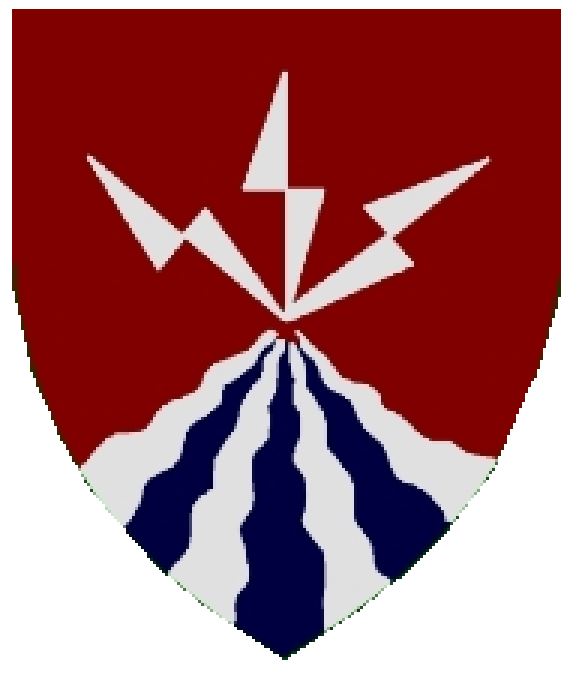 * SADF's 52 Battalion at Oshakati,
* SADF's 52 Battalion at Oshakati,  * SADF's 53 Battalion at Ondangwa,
* SADF's 53 Battalion at Ondangwa,  * SADF's 54 Battalion at Eenhana,
* SADF's 54 Battalion at Eenhana,  * 101 Battalion at Ondangwa and
* 102 Battalion at Opuwa,
* 101 Battalion at Ondangwa and
* 102 Battalion at Opuwa,
=Combined SADF and SWATF forces in Sector 10
=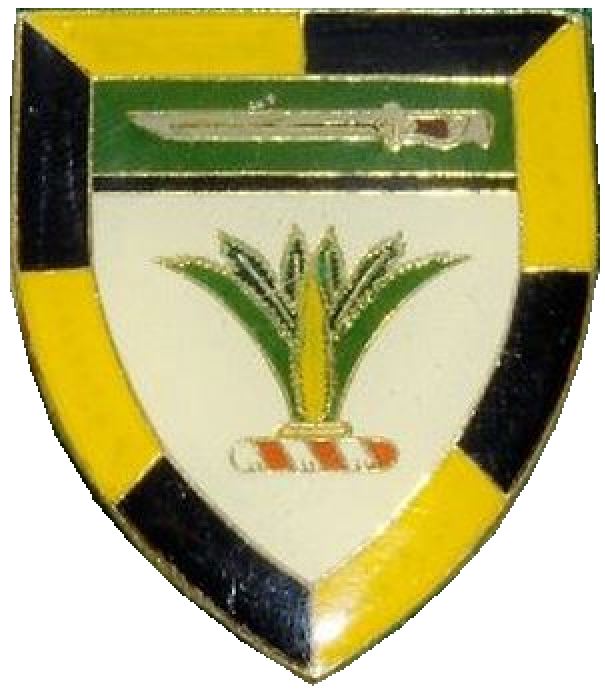 * SADF's Air Force Base Ondangwa,
* SADF's 5 Maintenance Unit at Ondangwa,
* SADF's Sector 10 Training Unit at Oshivelo,
* SADF's Air Force Base Ondangwa,
* SADF's 5 Maintenance Unit at Ondangwa,
* SADF's Sector 10 Training Unit at Oshivelo,
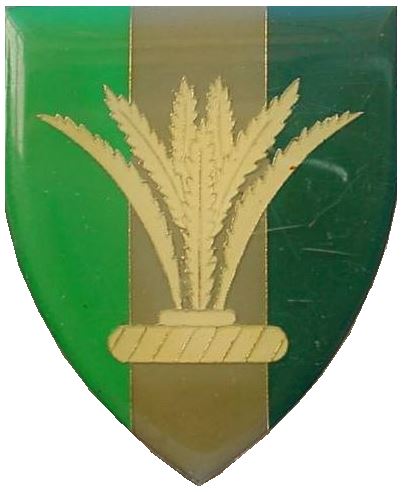 * SADF's Sector 10 Signals Unit at Oshikati,
* SADF's Sector 10 Maintenance Unit at Oshikati,
* SADF's Sector 10 Provost Unit at Oshikati,
* SADF's 25 Engineering Squadron at Oshakati, and
* SADF's
* SADF's Sector 10 Signals Unit at Oshikati,
* SADF's Sector 10 Maintenance Unit at Oshikati,
* SADF's Sector 10 Provost Unit at Oshikati,
* SADF's 25 Engineering Squadron at Oshakati, and
* SADF's Sector 20
(Kavango and Western Caprivi) – HQ * 32 Battalion at Buffalo.
* 32 Battalion at Buffalo. =Special Service Companies for quick reaction
= These frontline Sectors also had immediate reaction forces (Special Service Companies) to deal with any attack and were primarily infantry company strength and fully motorised.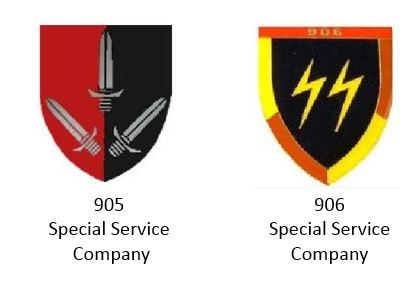 * 905 SSC was based at Nepara in Sector 20 and deployed on Buffels.
* 906 SSC was based at Omahoni in Sector 20 and deployed on Buffels. Local Kwanyama troops made up the bulk of the personnel.
* 905 SSC was based at Nepara in Sector 20 and deployed on Buffels.
* 906 SSC was based at Omahoni in Sector 20 and deployed on Buffels. Local Kwanyama troops made up the bulk of the personnel.
=SADF units in Sector 20
= * SADF's Air Force Base Rundu and * SADF's 6 Maintenance Unit at Rundu.Sector 70
(Eastern Caprivi) – HQ Mpacha Encompassed the Eastern Caprivi covering the Zambian border from Cuado to the Zambezi River. * SWATF 701 Battalion, at Mpacha with attached SWATF armoured car and artillery battery.
=SADF units in Sector 70
= * SADF's Air Force Base at Mpacha, * SADF's Navy Marine Company utilized for river patrols, and * SADF's 9 Maintenance Unit at Mpacha.Countrywide Sectors
Apart from the Frontline Sectors, four additional Sectors existed. 26 Area Force Units, similar to the South African commando system, was established for these less vulnerable parts of the territory.Sector 30
HQ Otjiwarongo (Citadel). * 301 Bn at Otjiwarongo. SWATF Otjiwarongo AME (Area Force Unit – ''Area Mag Eenheid''), Outjo AME, Grootfontein AME, Tsumeb AME, Herreroland AME, Ethosa AME, Otavi AME, Damaraland AME and UIS PL. Its area of responsibility was likewise the Grootfontein, Tsumeb, Otavi, Outjo, Otjiwarongo, Hereroland and Damaraland regions.
SWATF Otjiwarongo AME (Area Force Unit – ''Area Mag Eenheid''), Outjo AME, Grootfontein AME, Tsumeb AME, Herreroland AME, Ethosa AME, Otavi AME, Damaraland AME and UIS PL. Its area of responsibility was likewise the Grootfontein, Tsumeb, Otavi, Outjo, Otjiwarongo, Hereroland and Damaraland regions.

=SADF Units in Sector 30
= * SADF's Air Force Base Grootfontein * SADF's Northern Logistics Command atSector 40
HQ Windhoek. SWATF Alte Feste AME, Khomas AME, Hochl AME, Okahandja AME, Omaruru AME, Swakopmund AME, Rehoboth AME, Katatura AME and Khomasdal AME. Other Units in this Sector:
Other Units in this Sector:
 * Regiment Windhoek
* Regiment Windhoek
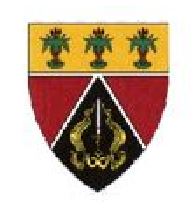 * 1 SWA Provost Unit
* 1 SWA Provost Unit
Sector 50
HQ Gobabis. SWATF Aranos AME, Auob AME, Bo-Nossob AME, Aminius PL, Gobabis AME, Rietfont AME, Mariental AME and Maltahohe AME.
Sector 60
HQ Keetmanshoop. SWATF Karasburg AME, Keetmanshop AME, Hoop AME, Bethanien AME, Oranjemund AME, Luderitz AME and Namaland AME.
Air Wing
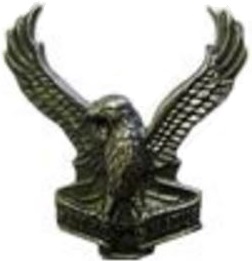
Aircrews
While the SWATF relied heavily on the South African Air Force for combat and heavy logistics transportation, it did have its own Air Wing, which consisted mainly of civilian aircraft. 1 SWA Commando Squadron was established as 112 Air Commando on 24 September 1963 in Windhoek. The unit was staffed by volunteer civilian aircraft. From 1968, control of 112 Commando squadron passed from the SA Army to the SAAF and it was transferred to Light Aircraft Command.
In 1970, it was disbanded, but in 1980 it was re-established as part of the SWATF.
1 SWA Commando Squadron was established as 112 Air Commando on 24 September 1963 in Windhoek. The unit was staffed by volunteer civilian aircraft. From 1968, control of 112 Commando squadron passed from the SA Army to the SAAF and it was transferred to Light Aircraft Command.
In 1970, it was disbanded, but in 1980 it was re-established as part of the SWATF.

Medical Command

Equipment
Small arms
Vehicles
Armoured
*Soft-skinned
* Samil 20 * Samil 50 * Samil 100 * Kwêvoël 100Counterinsurgency
A lot of effort was used to interdict insurgent groups that had crossed over the Angolan border. These Insurgents were on foot, but knew the land and moved fast. There have been stories of the insurgents moving incredible distances with little supplies, whilst being chased and if cornered putting up a good resistance to their followers. Adrenaline injections were found at some of the incident scenes after a fire fight. These insurgents were normally stalked by using trained trackers, who directed the reaction force. In some instances a stopper group was choppered in to cut off the insurgents before they reached the border.Demobilisation
Under UN resolution 435, theWithdrawal of some units to South Africa
UN Resolution 435 additionally called on South Africa to reduce its forces in Namibia to 12,000 before the start of any peace process and finally to 1,500 by 1989. Several thousand former SWATF members, especially from the
 32 Battalion, whose members to a large extent could not claim Namibian citizenship, also withdrew to South Africa completely.
32 Battalion, whose members to a large extent could not claim Namibian citizenship, also withdrew to South Africa completely.See also
*References
Further reading
Overview of the rank insignia used by SWATF
* The SADF, A Survey. Supplement to the Financial Mail July 10, 1987 Introducing the SWATF. * Wolfgang Reith: Die Südwestafrikanischen Territorialstreitkräfte SWATF 1980–1989, Namibia 2015, {{SA Army Units Armies by country Military units and formations of the Cold War Military units and formations of South Africa in the Border War Military units and formations established in 1977 Military units and formations disestablished in 1989